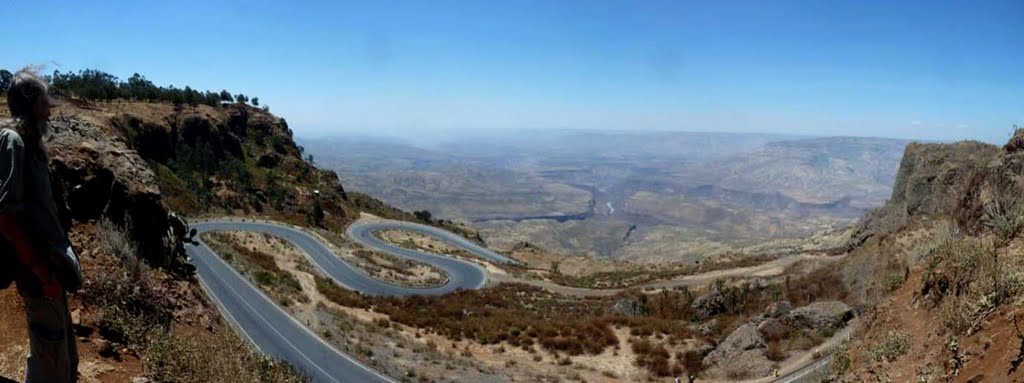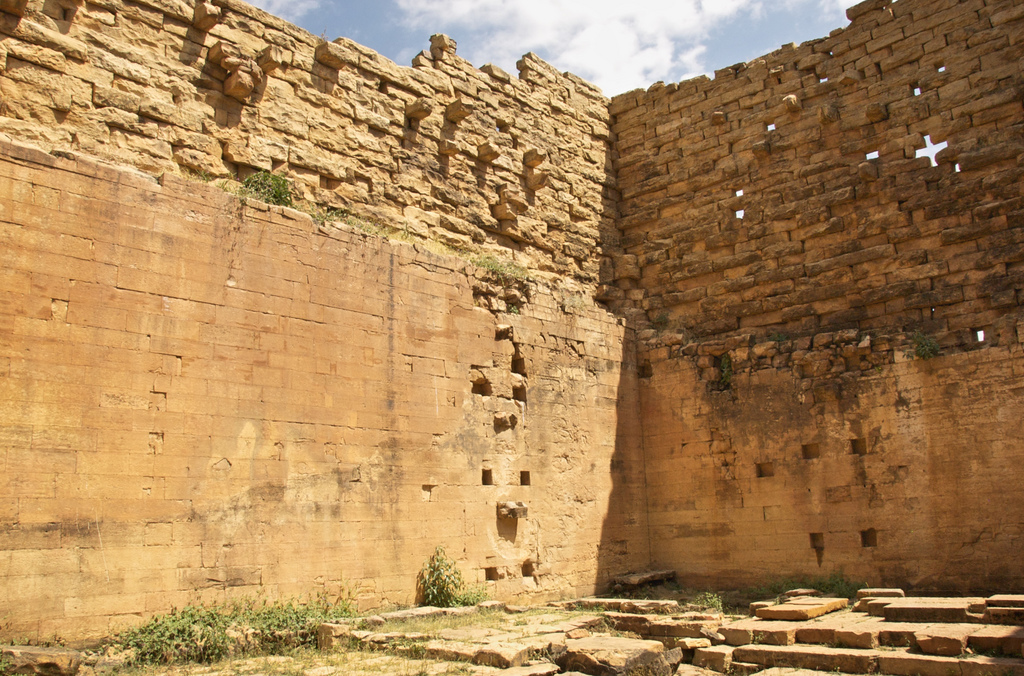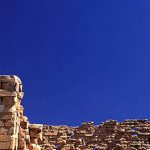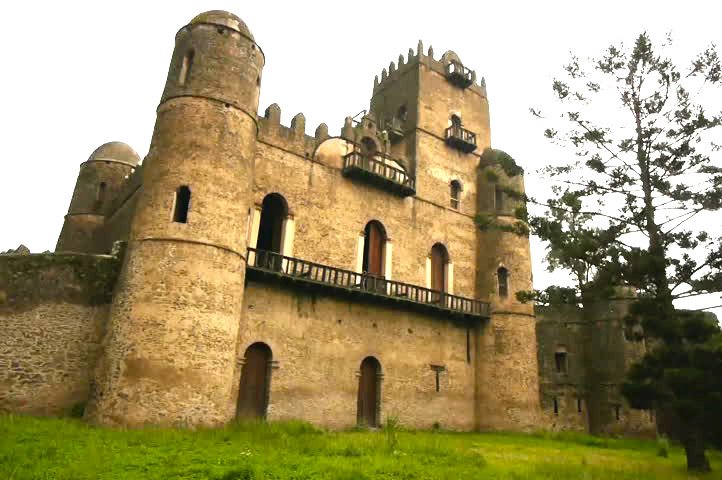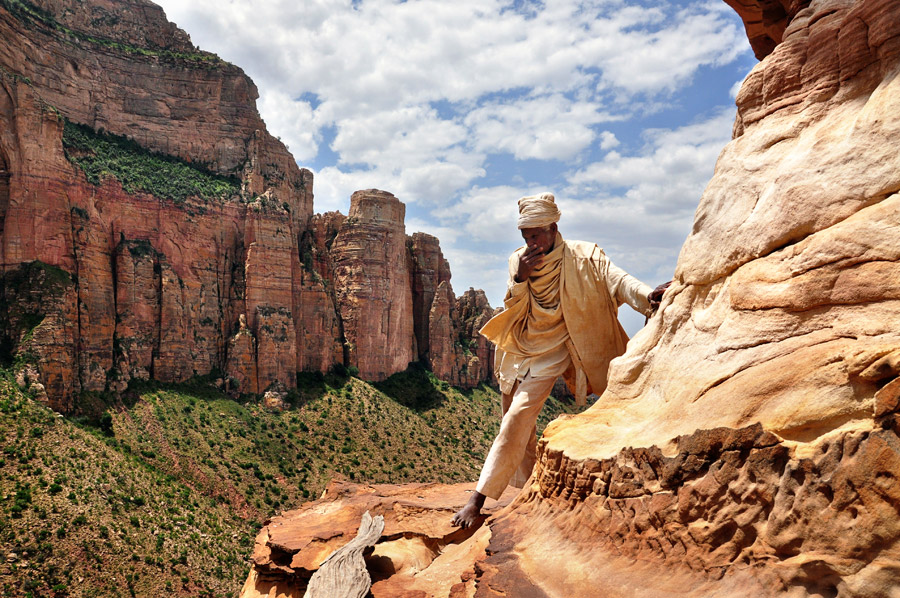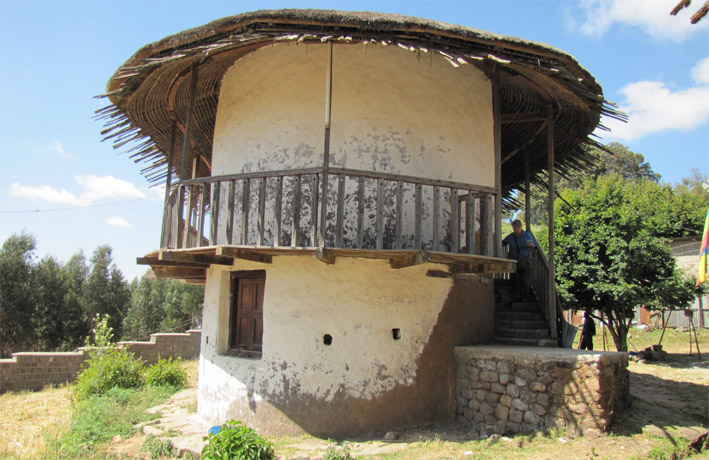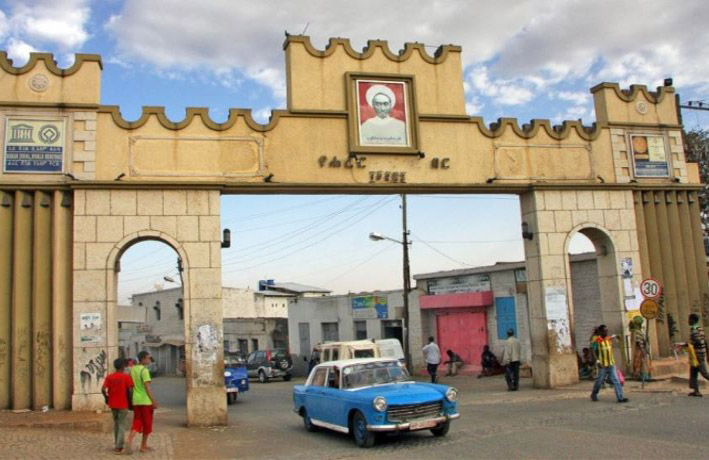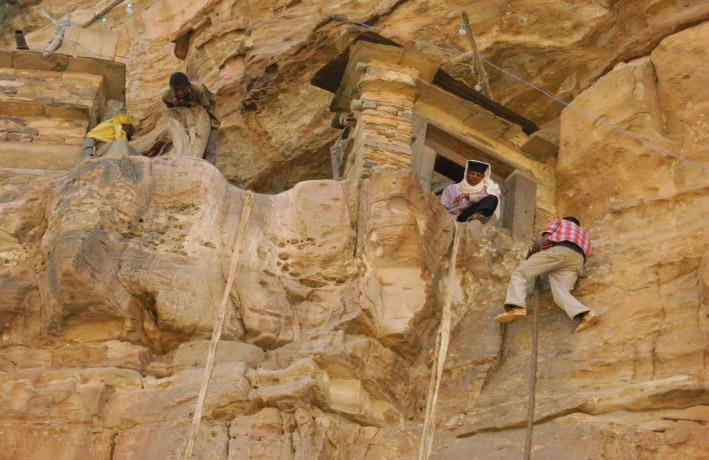The Danakil Depression, also called Dallol Depression, is a desert with some areas that are more than 100 meters below sea level. This is special because it is one of the lowest points on 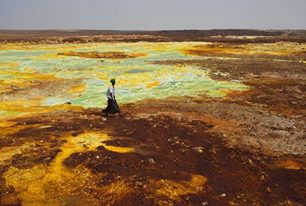 earth not covered by water. There are hot yellow sulfur fields among the sparkling white salt beds. Heat isn’t the only thing people feel in the Dallol Depression. Alarming earth tremors are frequently felt. There are also several active volcanoes. So just how hot is it at the Dallol Depression.
earth not covered by water. There are hot yellow sulfur fields among the sparkling white salt beds. Heat isn’t the only thing people feel in the Dallol Depression. Alarming earth tremors are frequently felt. There are also several active volcanoes. So just how hot is it at the Dallol Depression.
The landscape is dotted with bright yellow sulphur fields, green crystal pools and sparkling salt beds. This is the Danakil Depression, a basin in north-eastern Ethiopia, close to the Red Sea. It is one of the lowest points on earth not covered by water. Danakil is renowned for being the place with the highest average temperature on Earth. It tops 34 °C every day of the year and soars to 55 °C in the summer. Temperatures can reach as high as 63 °C in the sun.
The people who are living in the region are Afar tribes, they are pastoralists and some of them 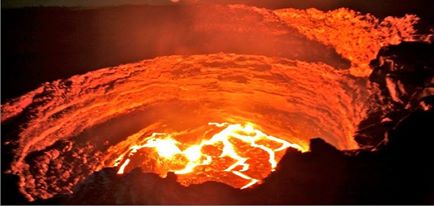 engaged in salt mining as the depression is covered with salt.
engaged in salt mining as the depression is covered with salt.
The most attraction in the region is Ertale, Active volcano, which is so magnificent attraction due to its different colorful lava flowing from the crust of the earth.
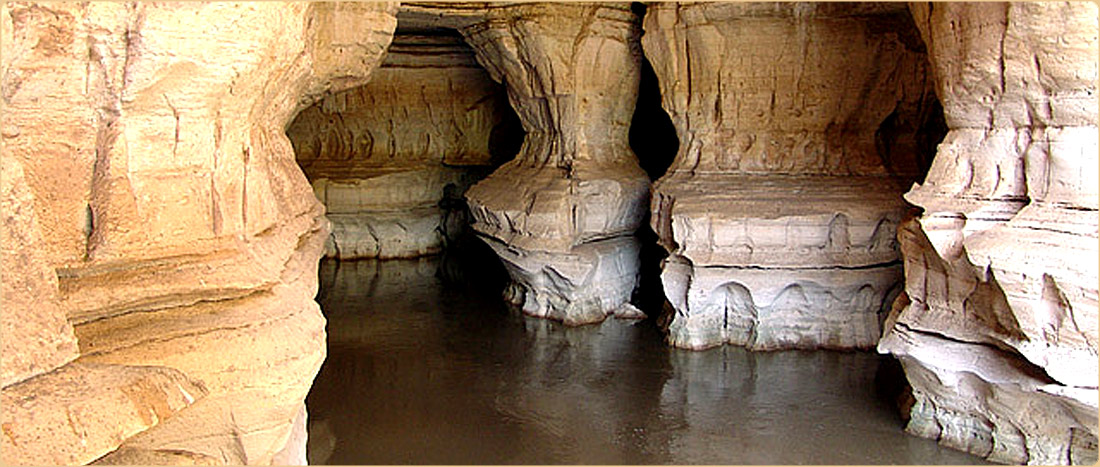

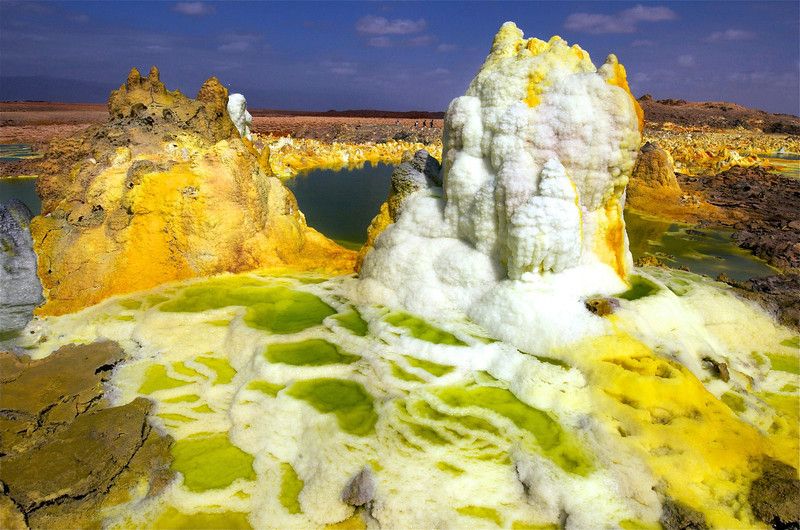
 earth not covered by water. There are hot yellow sulfur fields among the sparkling white salt beds. Heat isn’t the only thing people feel in the Dallol Depression. Alarming earth tremors are frequently felt. There are also several active volcanoes. So just how hot is it at the Dallol Depression.
earth not covered by water. There are hot yellow sulfur fields among the sparkling white salt beds. Heat isn’t the only thing people feel in the Dallol Depression. Alarming earth tremors are frequently felt. There are also several active volcanoes. So just how hot is it at the Dallol Depression. engaged in salt mining as the depression is covered with salt.
engaged in salt mining as the depression is covered with salt.